Why aren't more Latin students on LinkedIn? In a world where connections can dictate the destiny of your career, many students are missing out on crucial networking opportunities and the space to showcase their experiences and accomplishments.
The importance of LinkedIn becomes clearer with the rise of the digital age. According to a survey sent to the Latin community, around 20% of Latin students currently have LinkedIn. That number jumps to 30% for just upperclassmen.
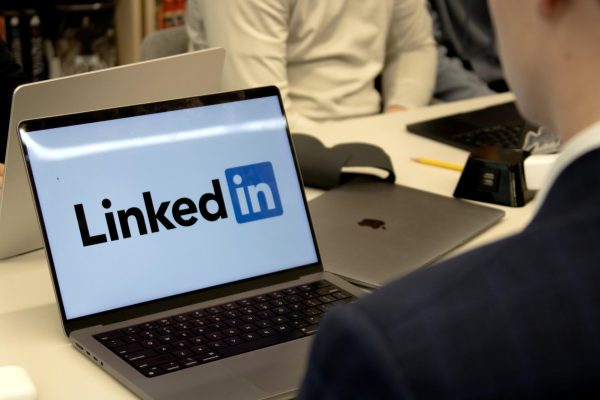
Given the resources through the alumni office and exposure students have to professionals, this lack of LinkedIn profiles is surprising.
Head of Alumni Engagement Victor Agapay said, “[Students] are exposed to so many successful people—family, friends, parents, and speakers—but most kids aren’t using LinkedIn to connect with them.”
Since LinkedIn’s inception in 2003, it has quickly become the modern way to keep track of connections. Mr. Agapay compared LinkedIn to a Rolodex. He said, “Instead of trying to collect people’s business cards back in the day, now it's, ‘Hey, can we connect on LinkedIn?’”
The difference between LinkedIn and other social media platforms is that LinkedIn is for professionals. However, not all professions use LinkedIn in the same way.
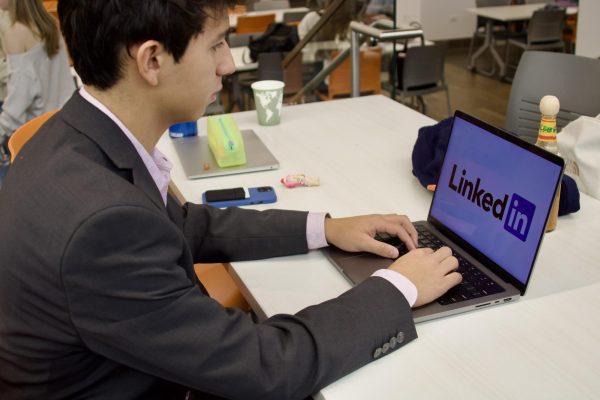
“It’s crucial to understand what LinkedIn's limitations are,” Mr. Agapay said. “For example, you're not gonna find a lot of doctors. Doctors don't need LinkedIn.”
Even with the limitations in mind, Mr. Agapay explained the importance of having LinkedIn when you are young. “In high school and college, it is a great way to keep track of everything you accomplish,” he said. “Unless you have your mom collecting everything you do, LinkedIn is easy to go on once a year and update your awards, volunteer work, and other accomplishments.”
Keeping an up-to-date LinkedIn page not only allows recruiters to visualize an individual’s passions but also replaces or significantly speeds up the process of resume writing.
“LinkedIn is a tool to help you build your resume later so you’re not rethinking everything at once, ” Alumni Engagement Coordinator Ashlyn Pope said.
To many high school students, LinkedIn can seem intimidating. “People are scared to use LinkedIn because they don’t know what to post or how to make it look professional,” senior Darien Ramirez said. “It can feel like a lot of pressure to have it all figured out.”
While LinkedIn may take getting used to, it is actually less daunting than many students may predict.
“LinkedIn is really casual in the sense that you can connect with people without it feeling like a big deal,” Ms. Pope said. “It’s not like asking for their phone number or email.”
LinkedIn can also be used as a tool to keep up with role models.

“I used LinkedIn in high school to follow people I admired, like the city planner and mayor,” Ms. Pope added. “It was inspiring to see what they posted and learn about their work. LinkedIn helped me realize what was possible for my own career.”
Given all that LinkedIn has to offer, Mr. Agapay strongly encourages Latin students to create an account. “I always say you should start making your LinkedIn sophomore year,” he said. “Junior year, you definitely should have one.”
But what do you put on your LinkedIn? “Start with the basics,” Mr. Agapay said. “You should list your volunteering, leadership roles in clubs, awards you’ve earned, and any jobs you’ve had.”
Building a profile is the first step in fostering lifelong relationships, as LinkedIn allows the Latin community to remain connected after graduation.
“Make sure to join the Latin Alumni Group,” Ms. Pope said. “It’s an easy way to stay connected with graduates who can help you with advice, internships, or even jobs down the line. Those connections are invaluable as you move through college and your career.”
With networking being crucial to the success of many careers, it’s important to start early. LinkedIn is a great place to begin that process, offering a professional yet casual platform to connect with people.
Mr. Agapay said, “You never know where a connection might take you.”





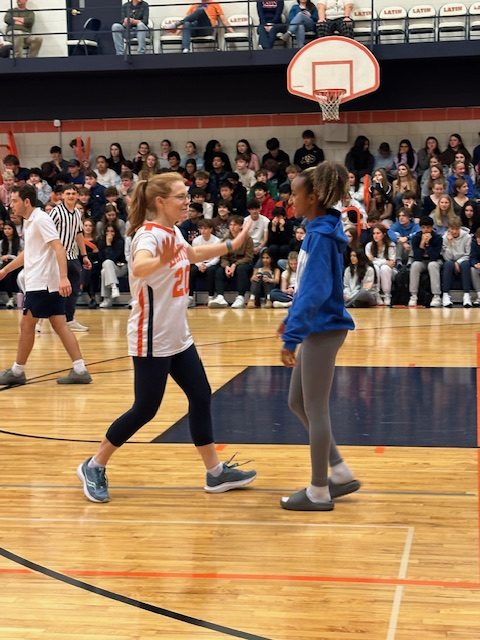
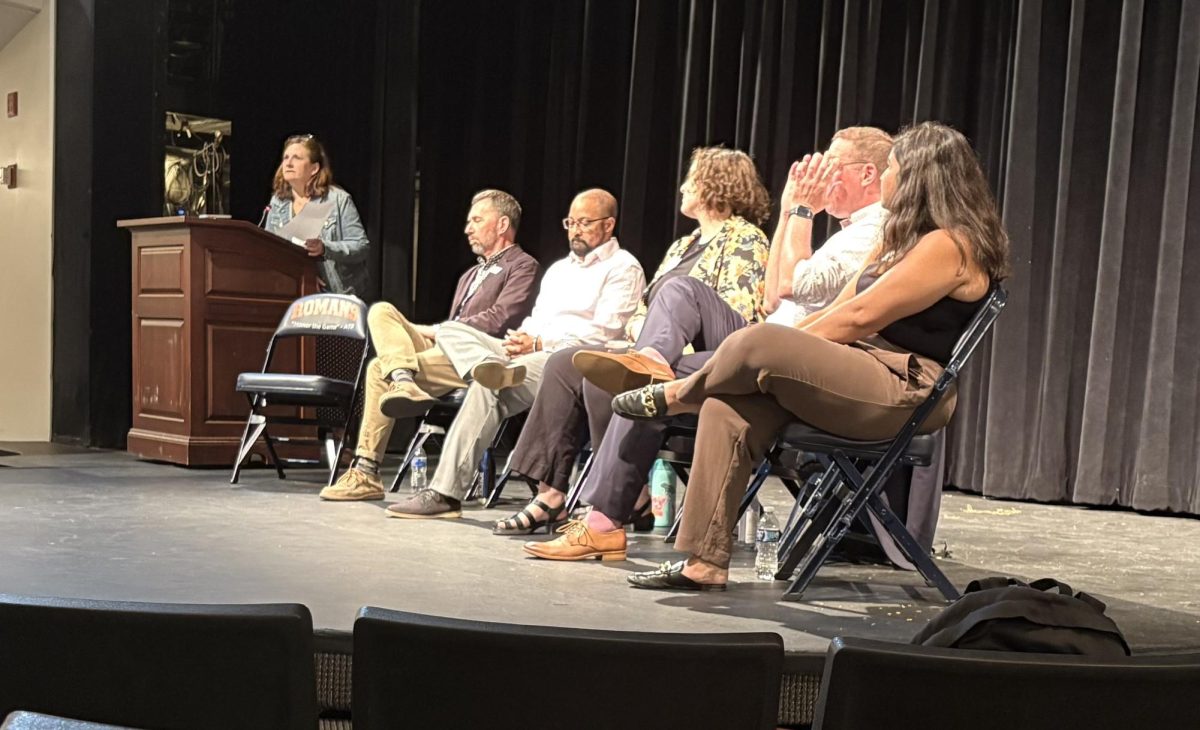
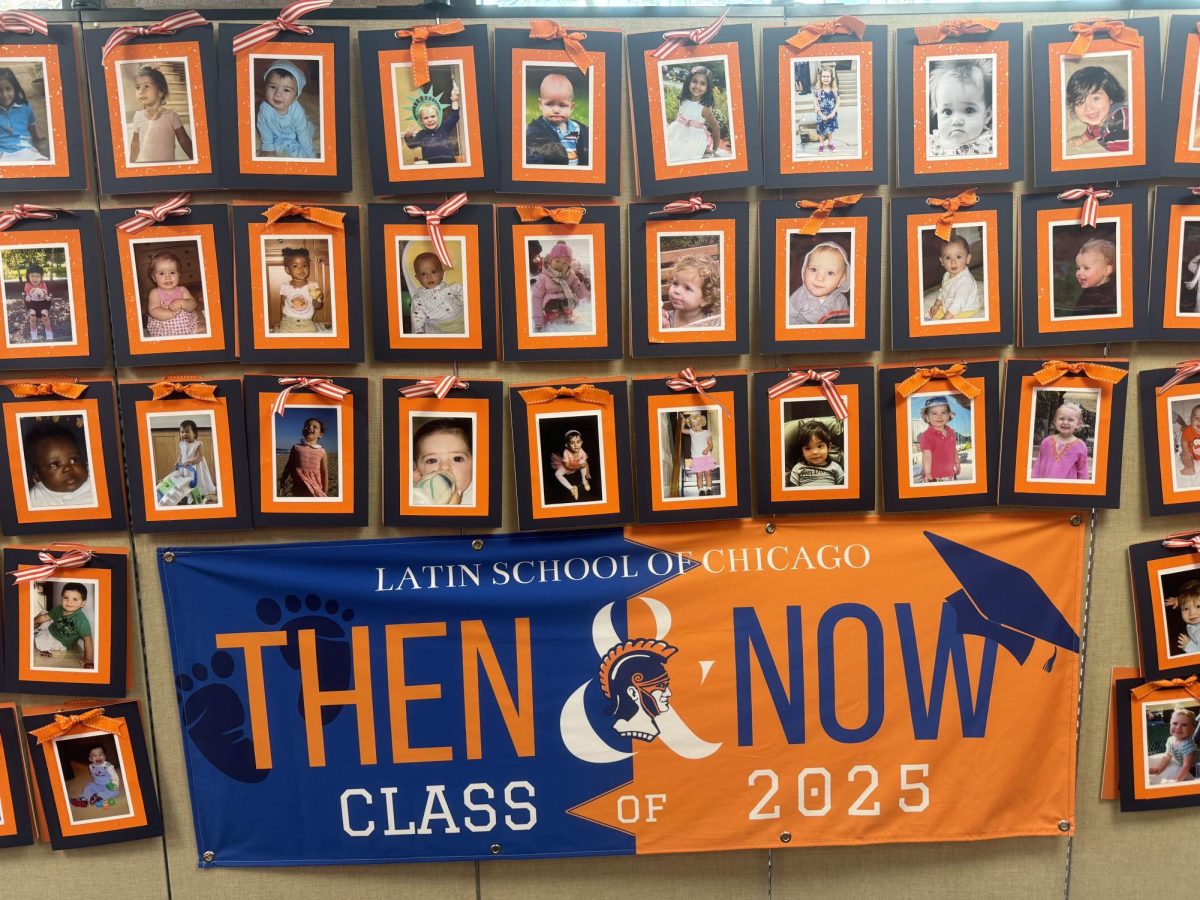
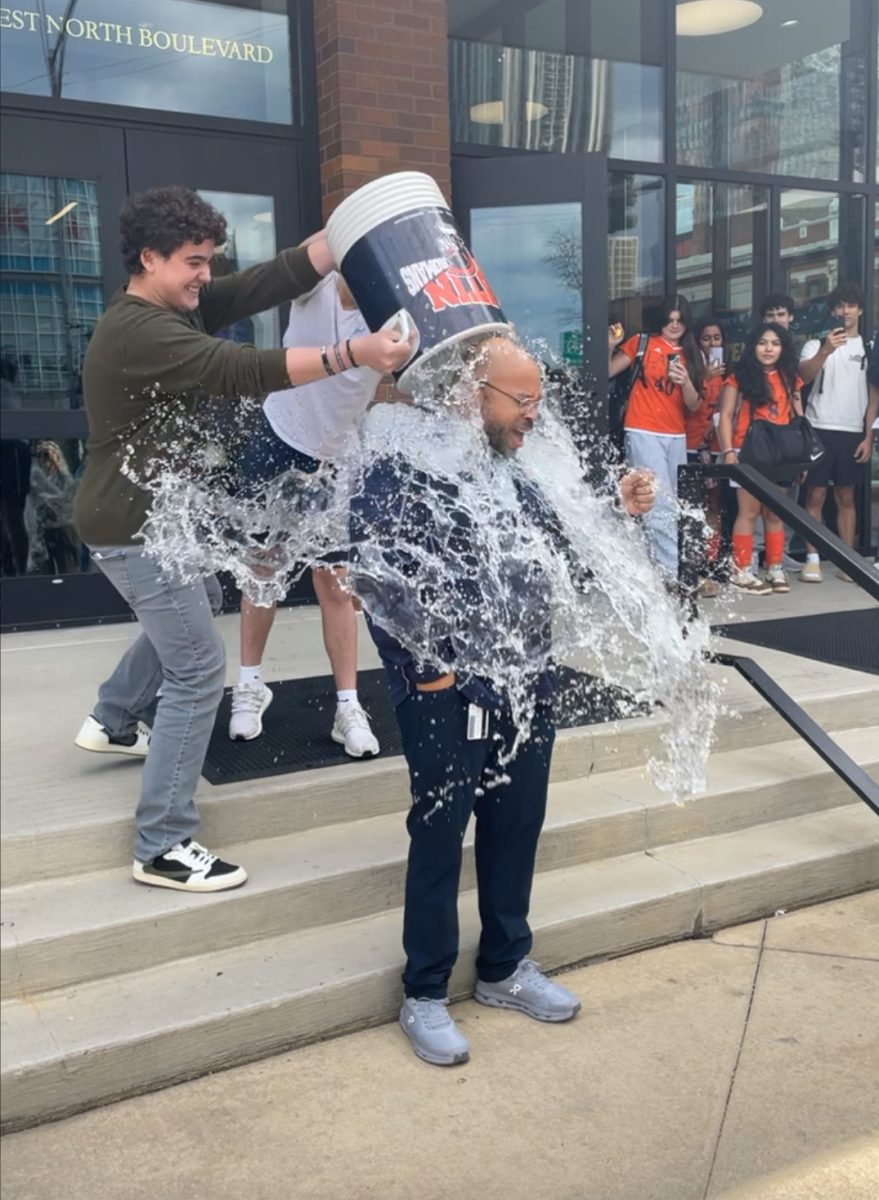
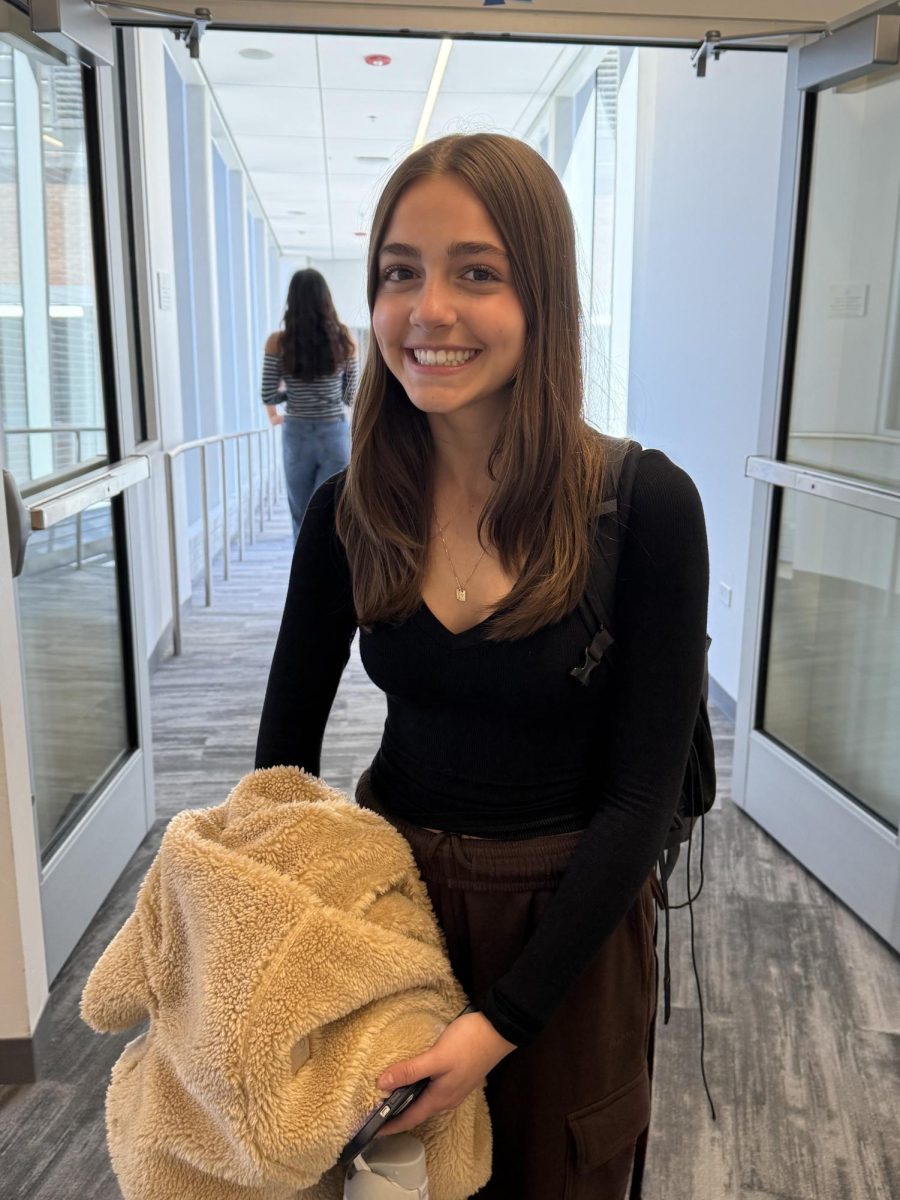

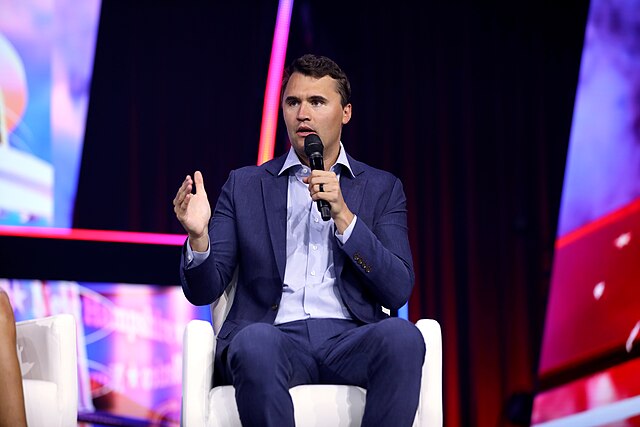

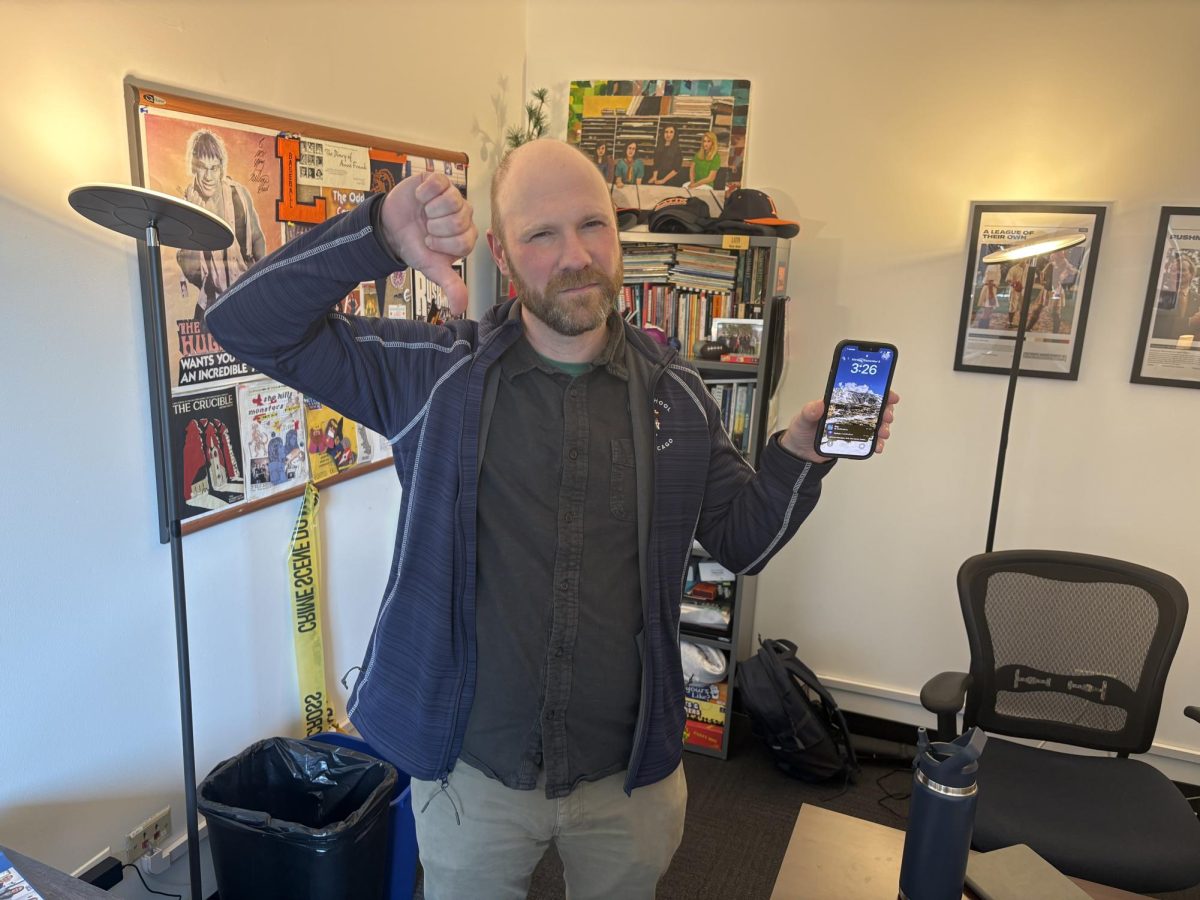
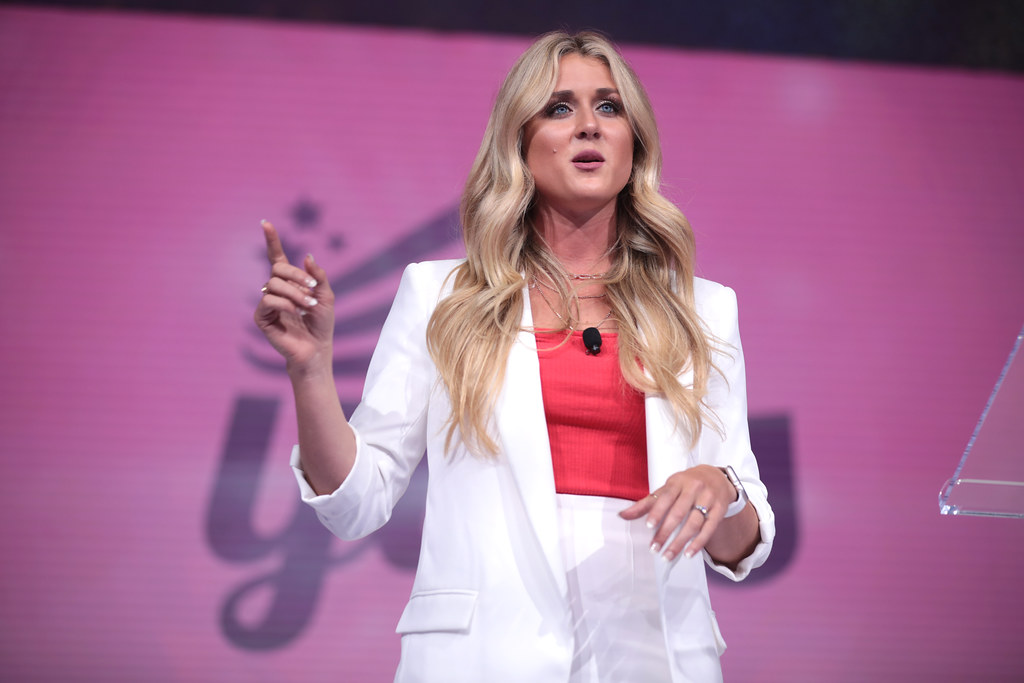
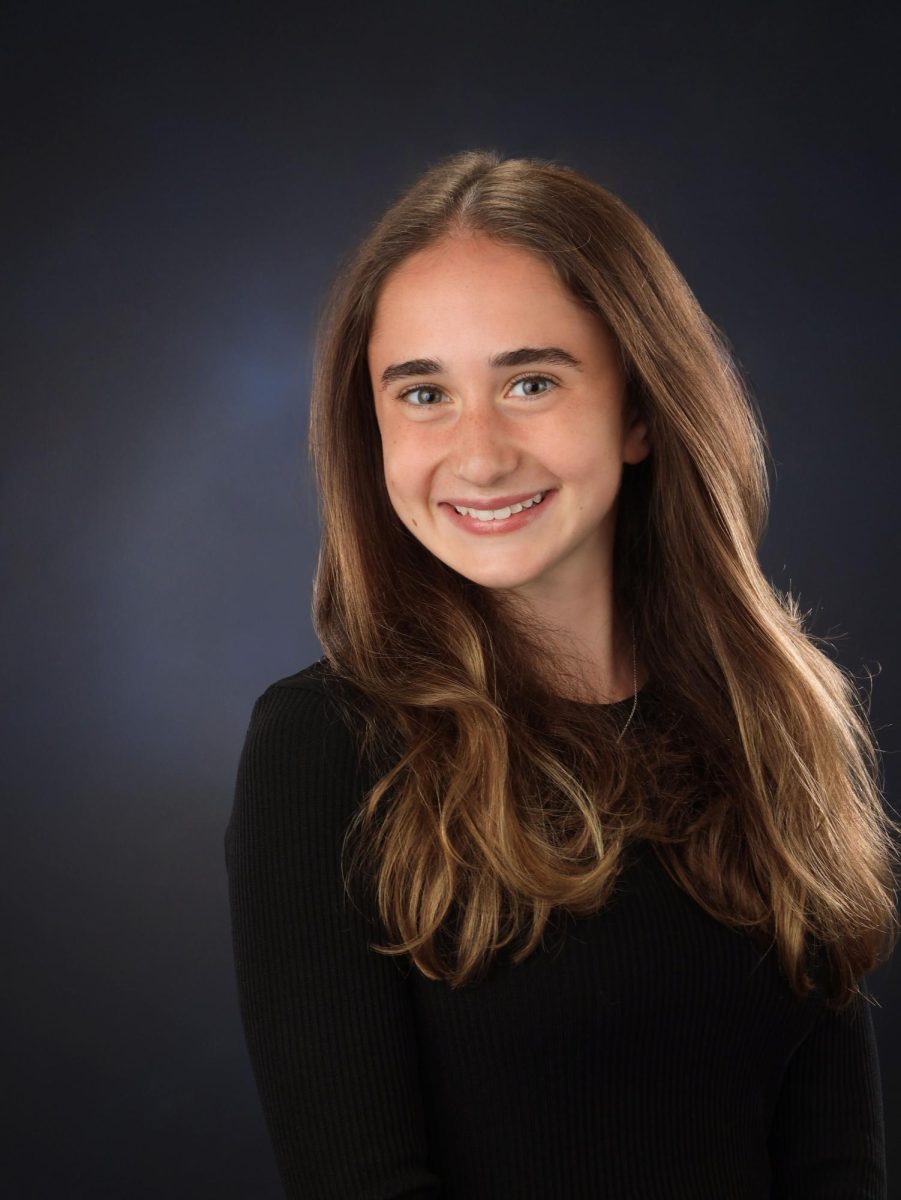
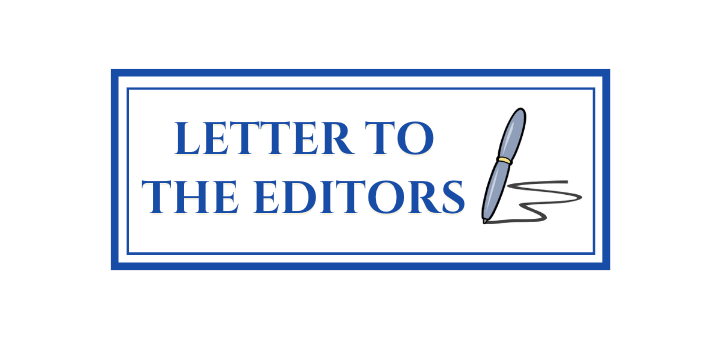
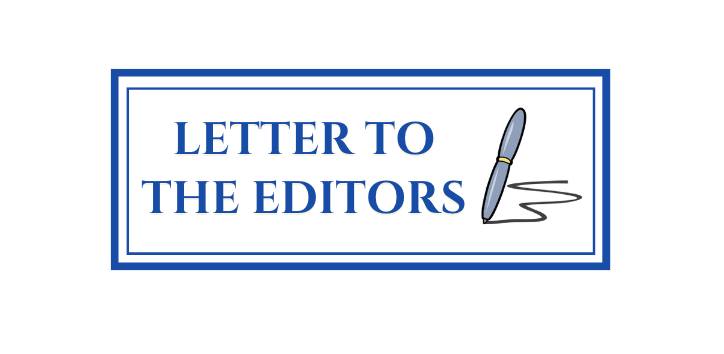






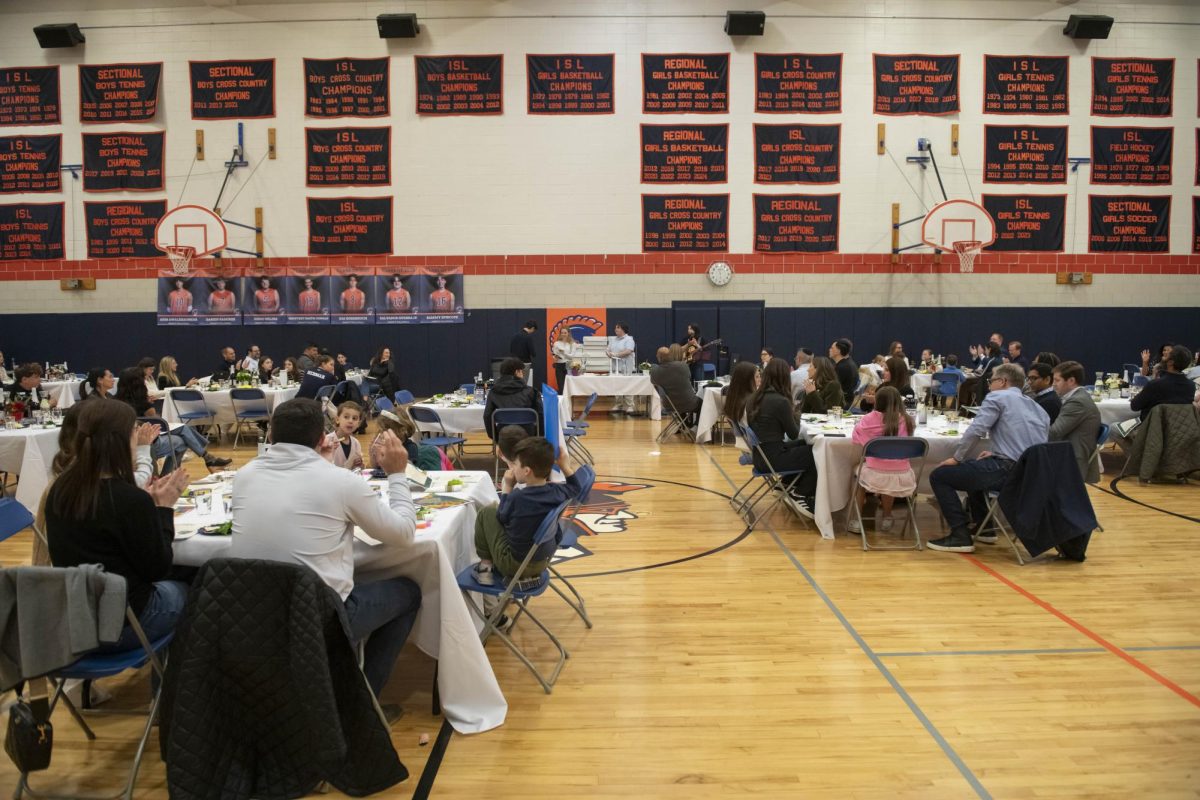
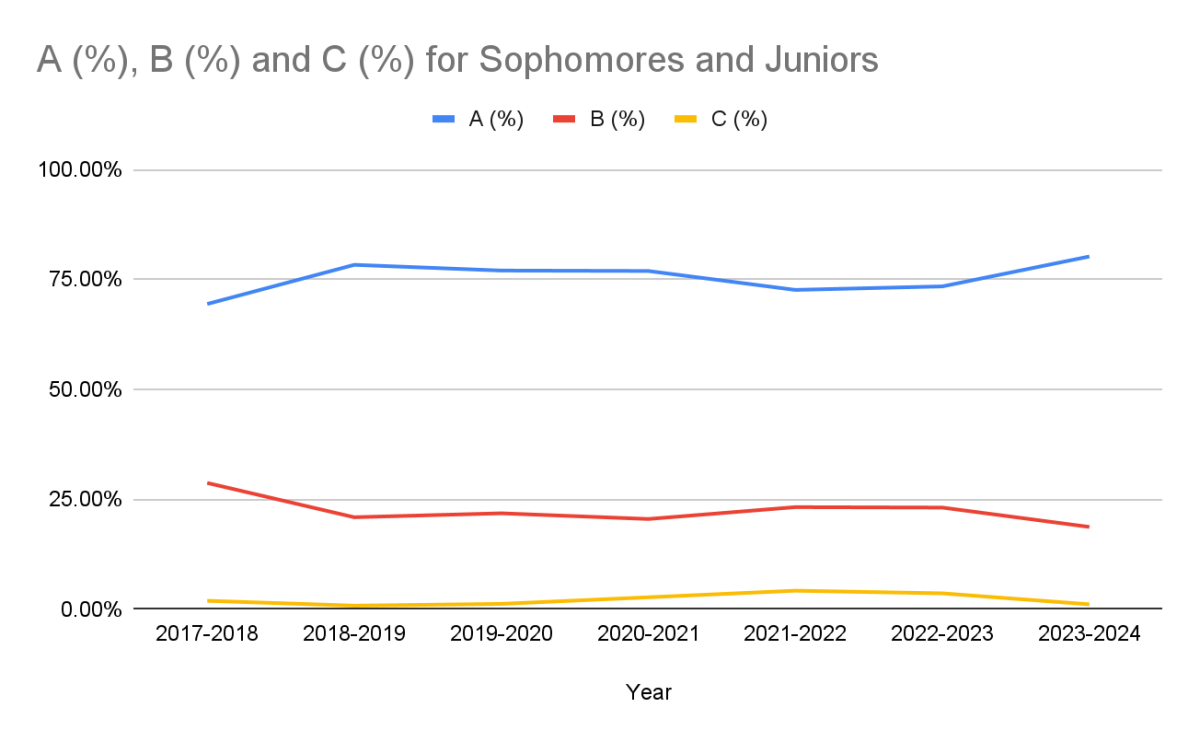
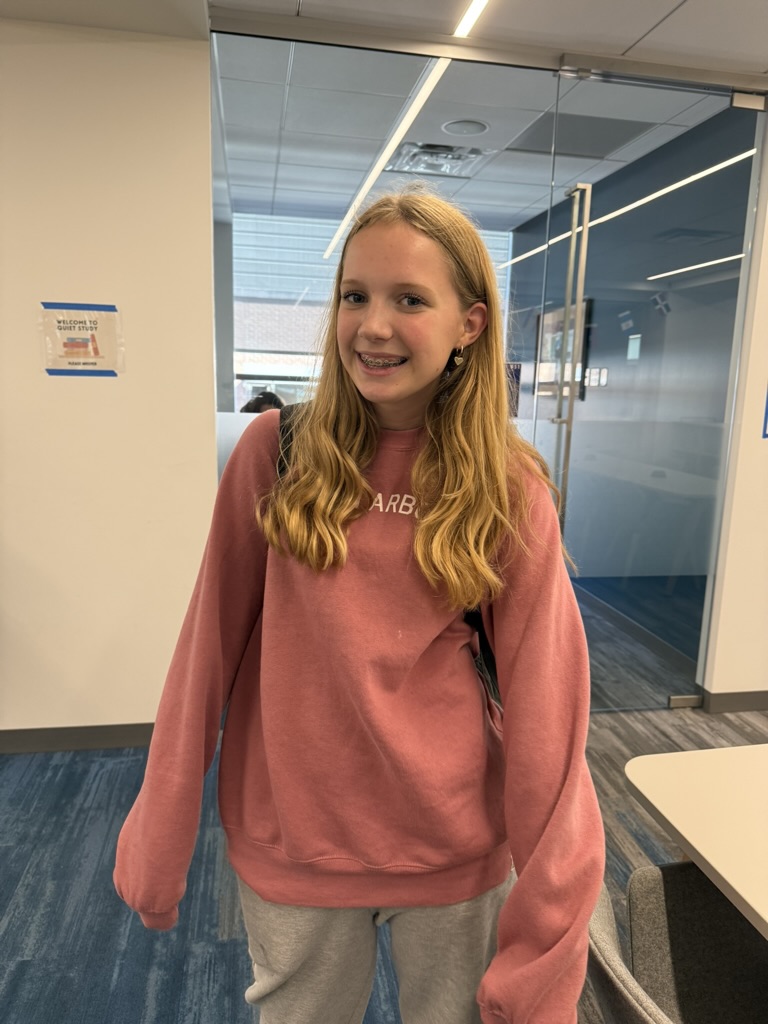


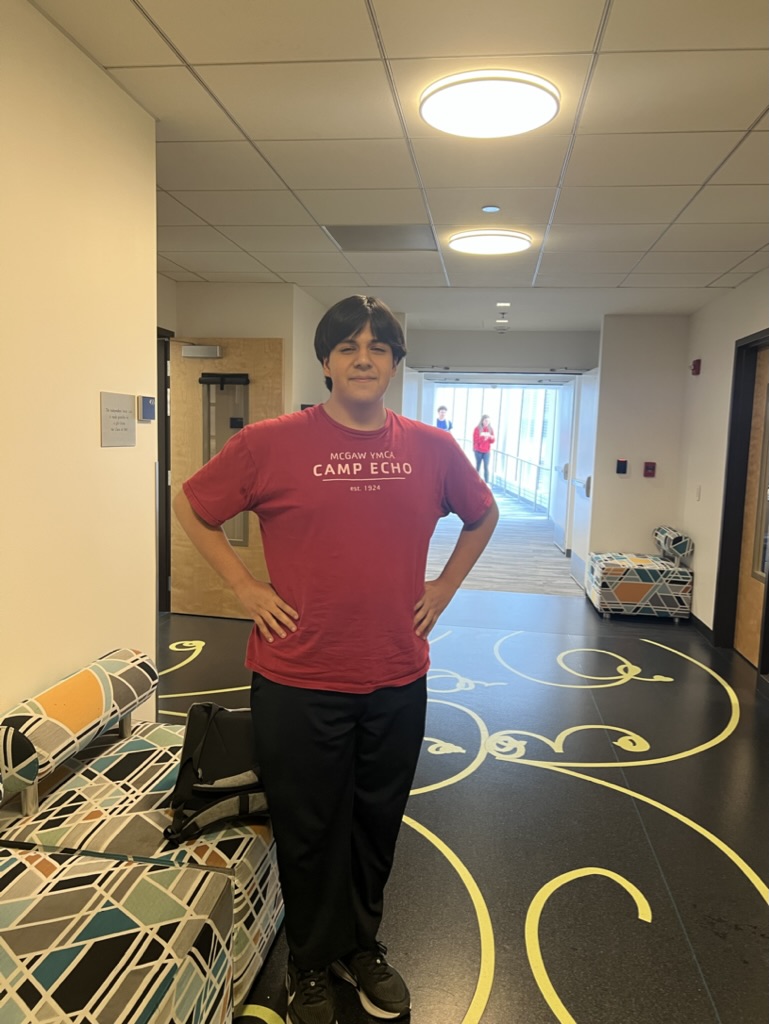
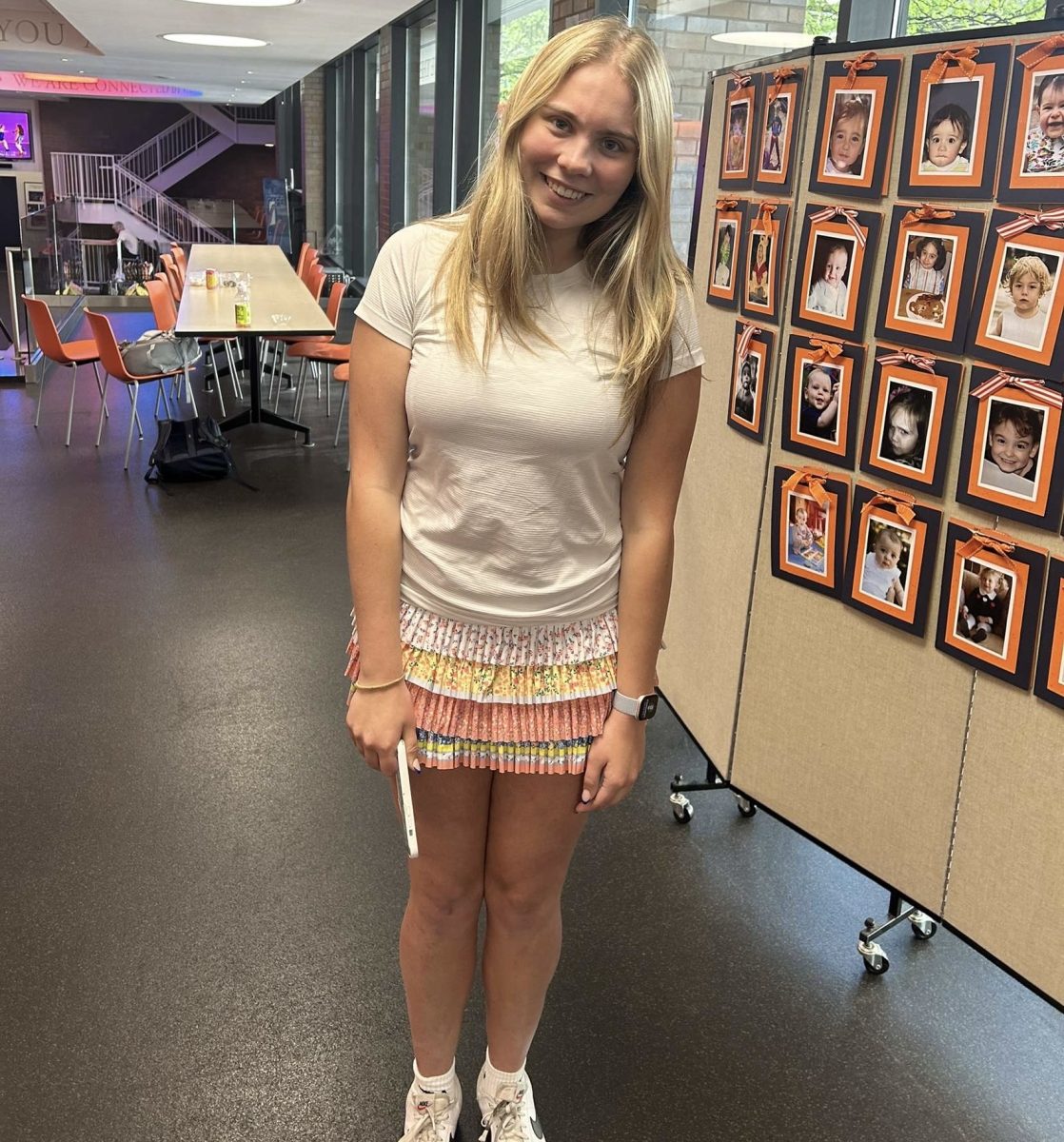
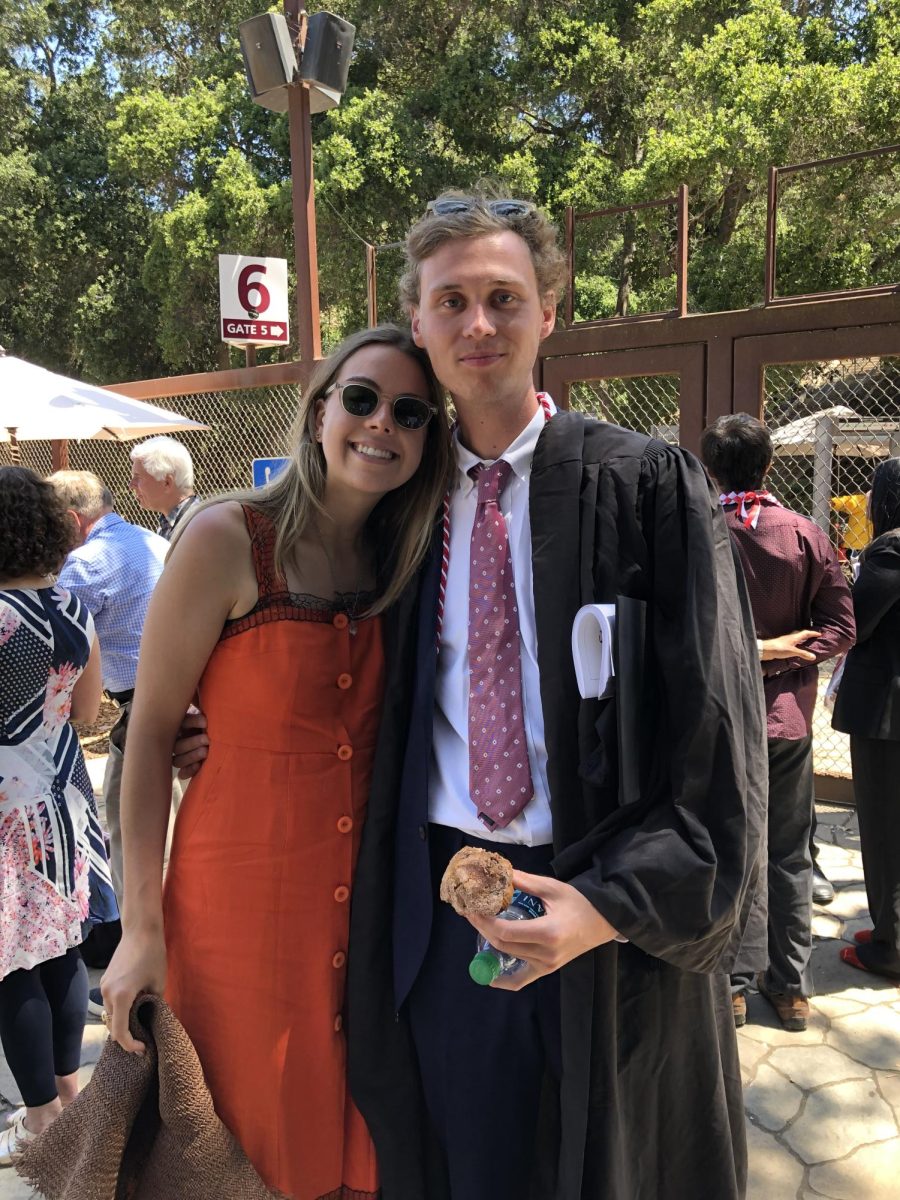
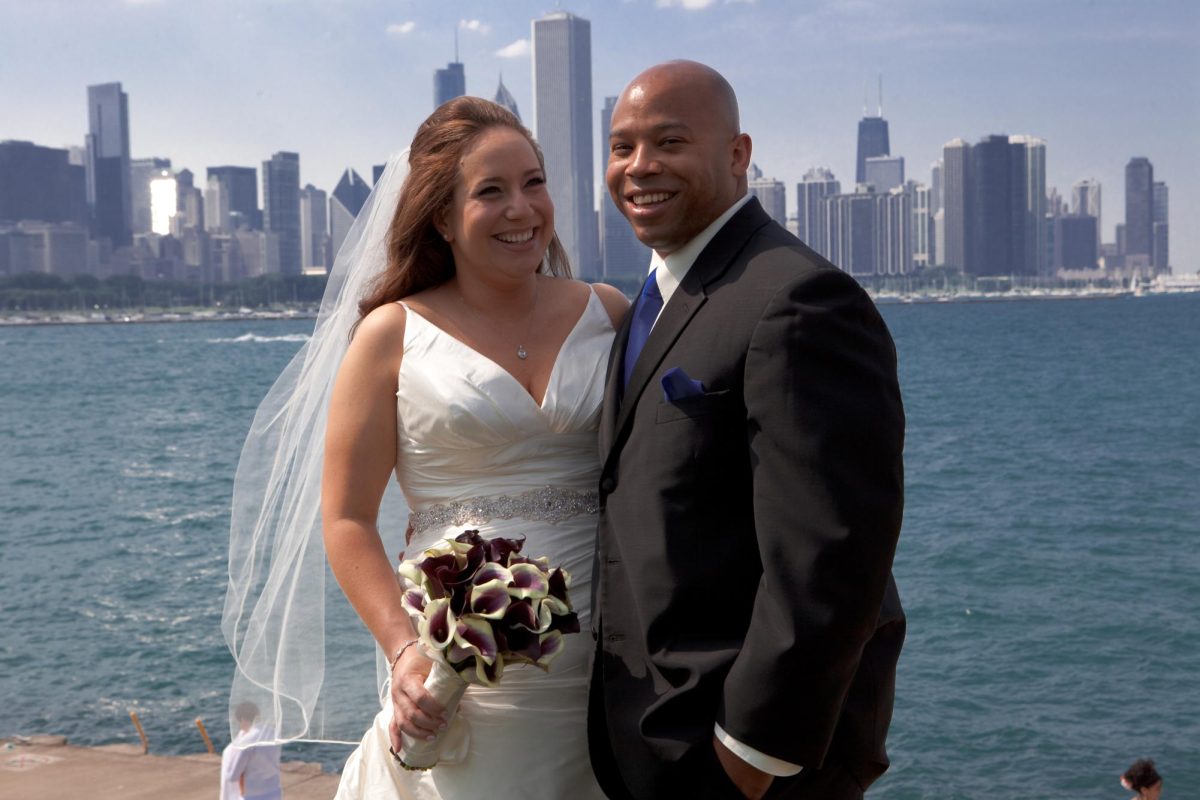
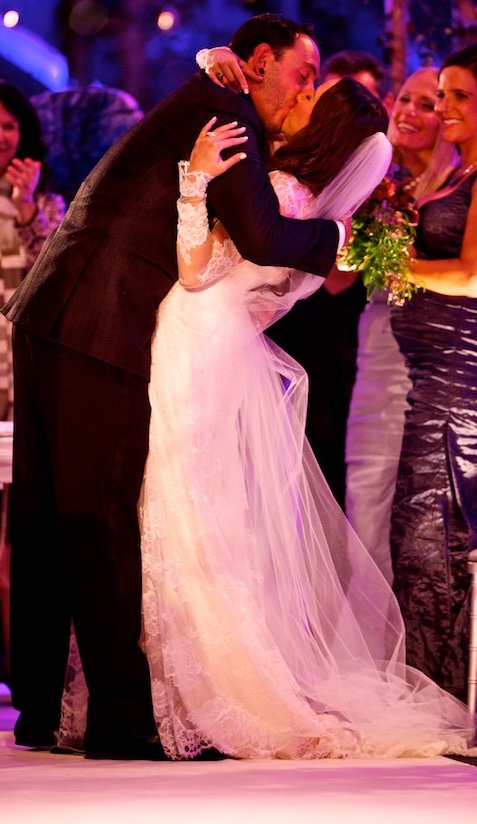
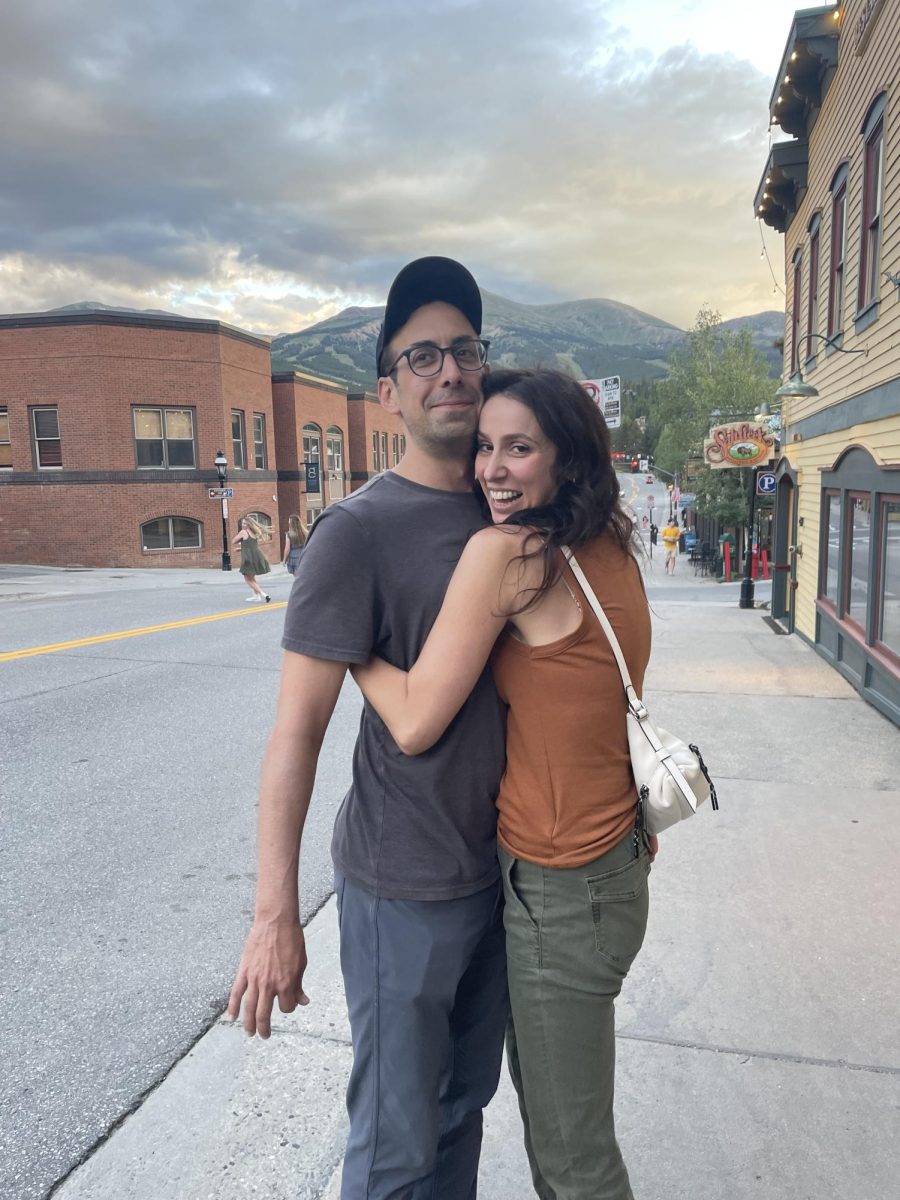
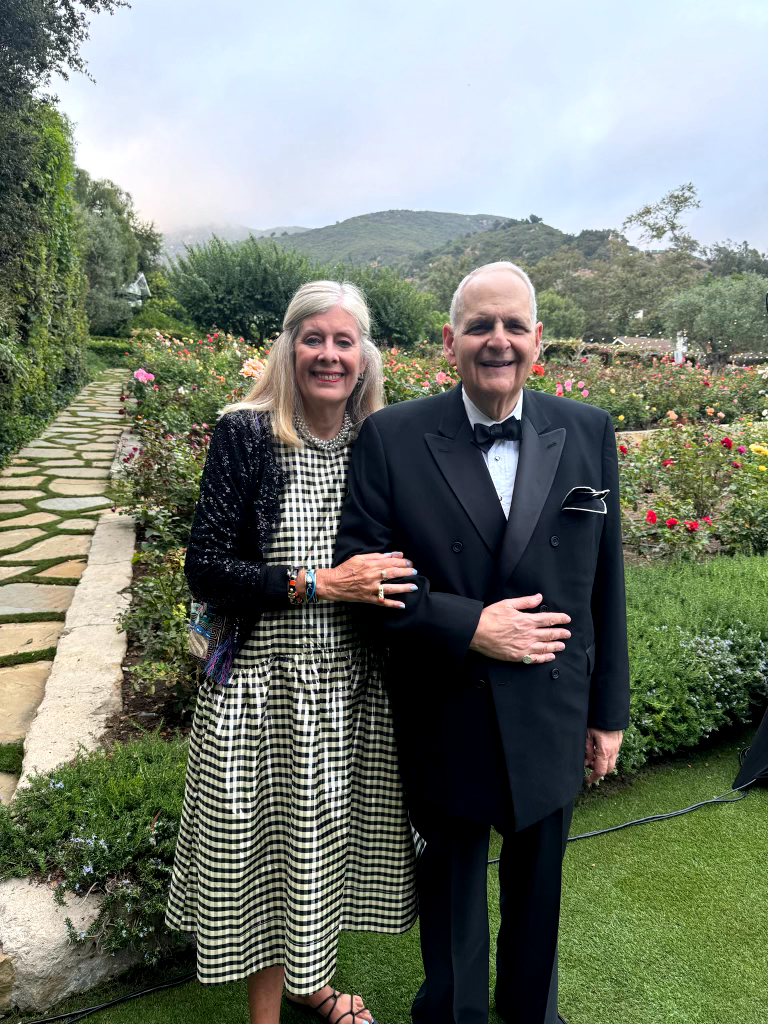




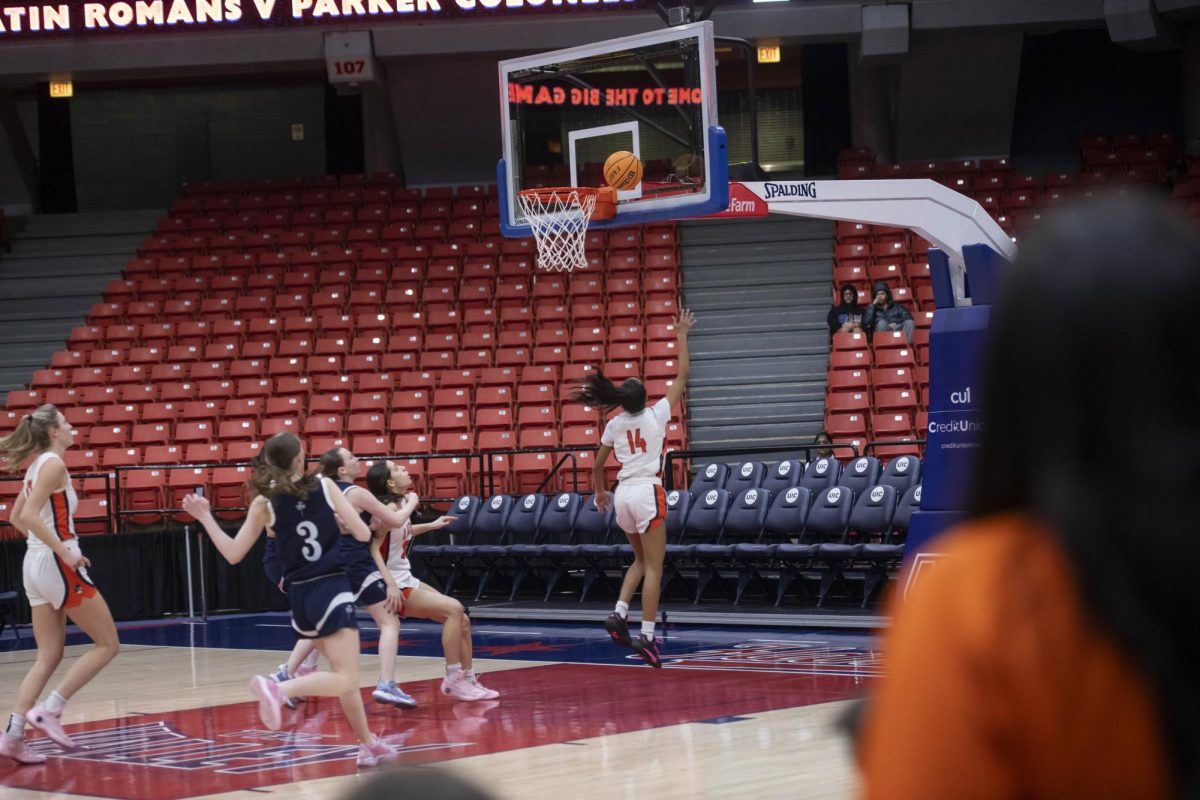
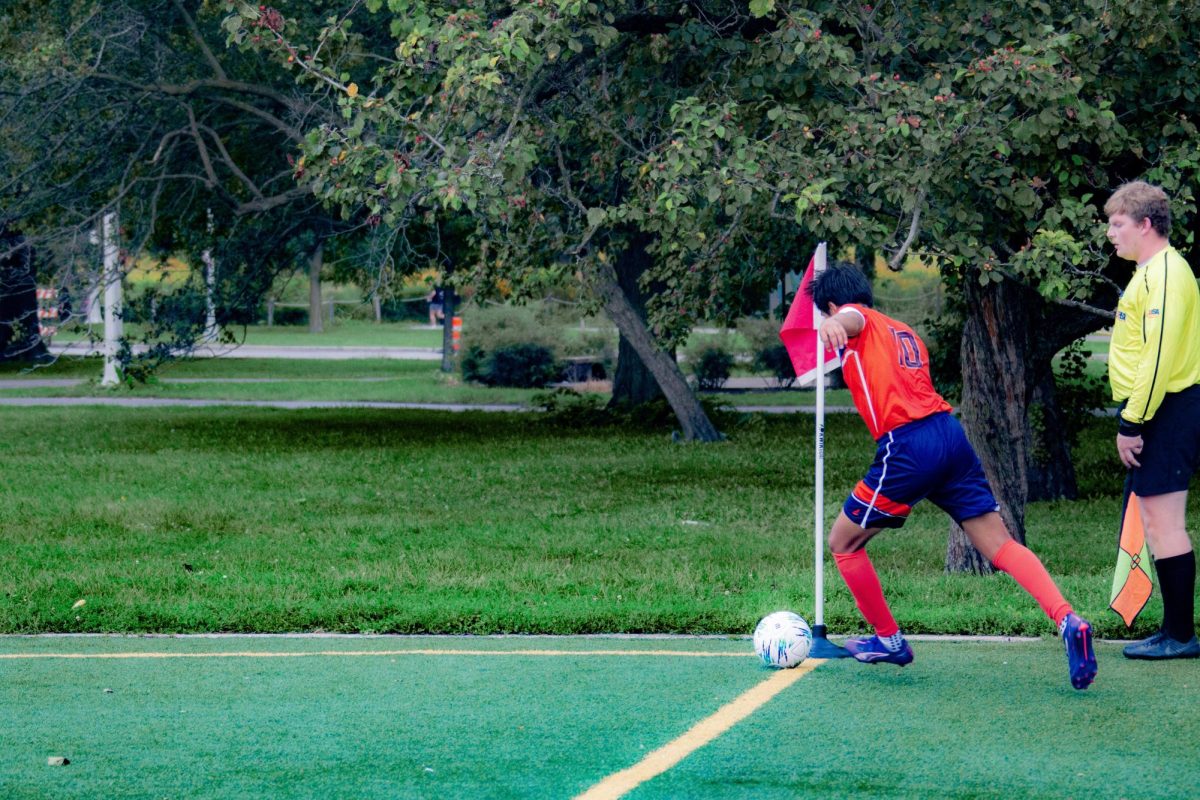
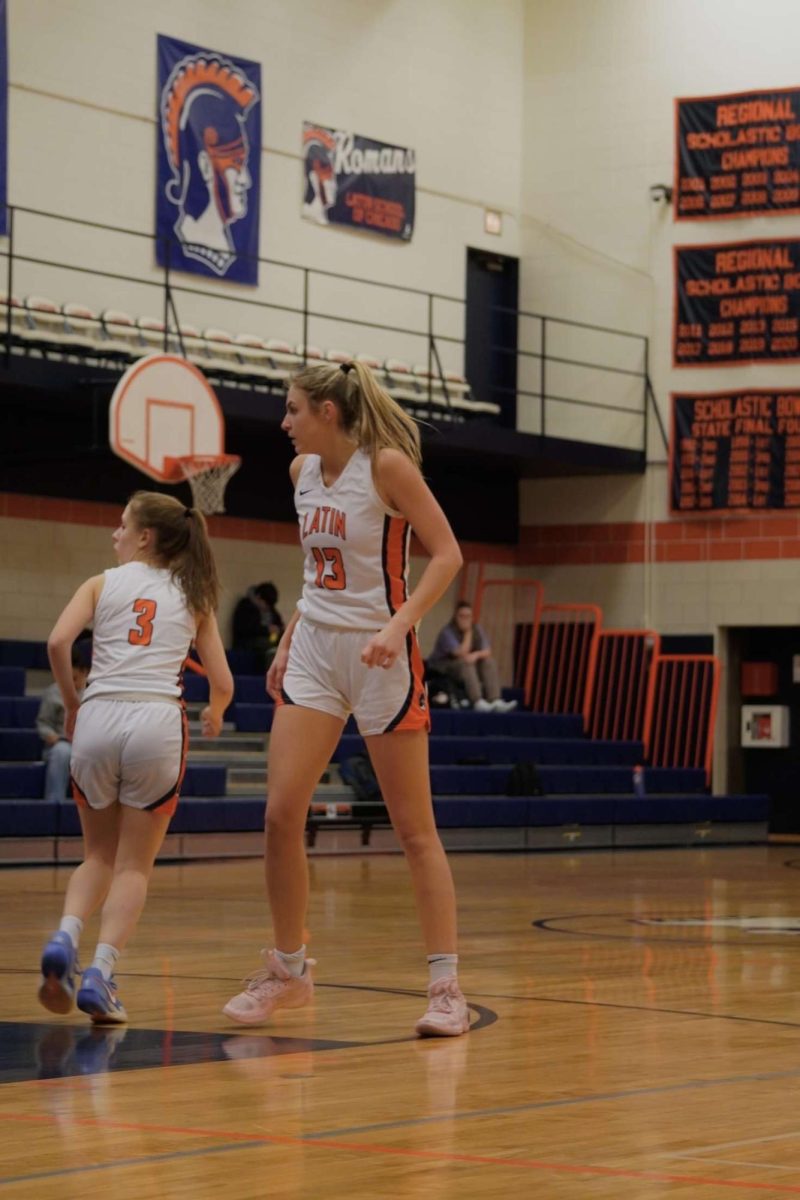


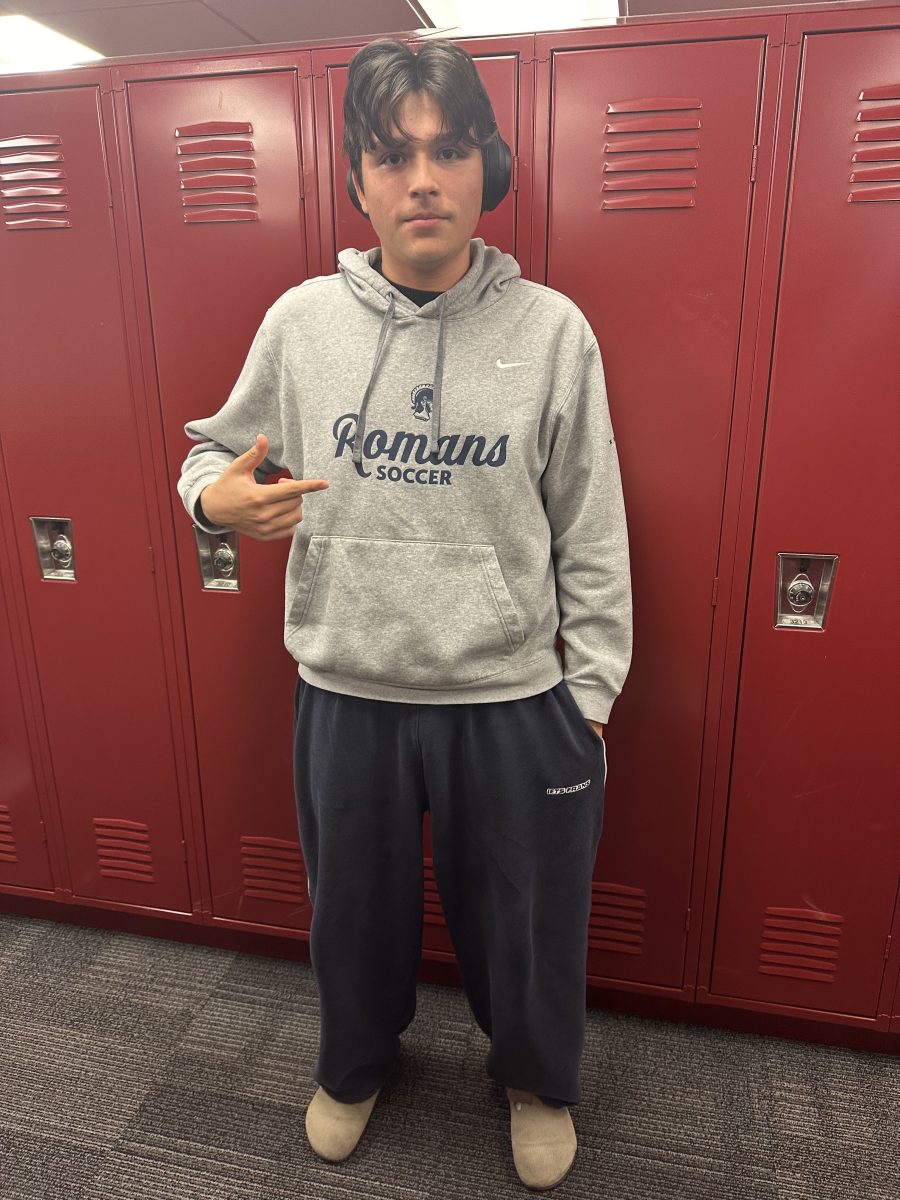




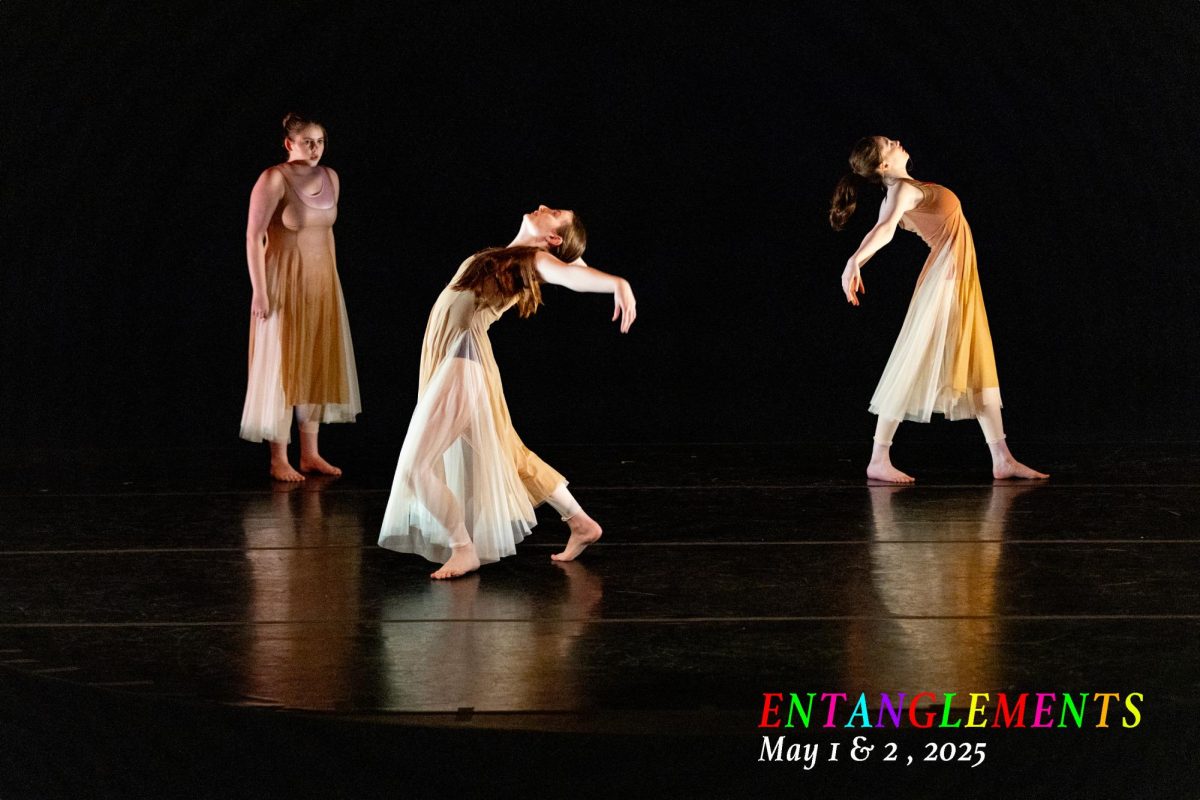
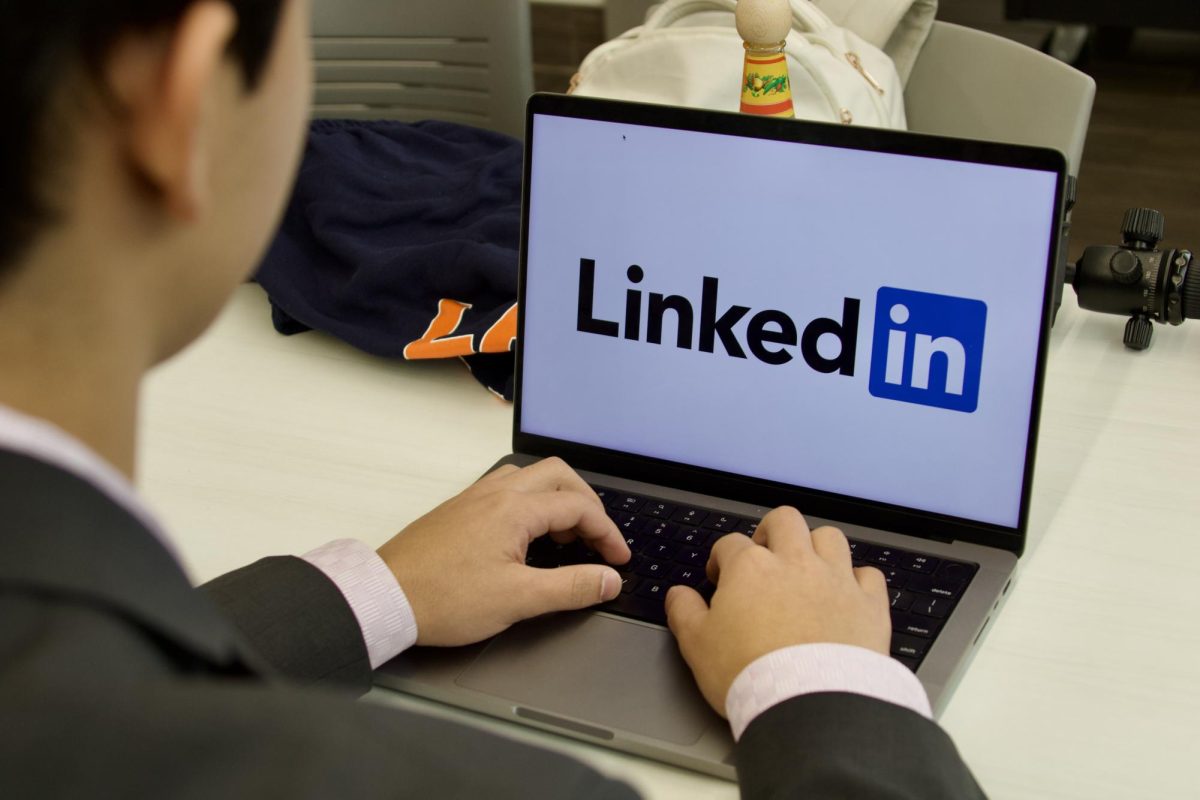
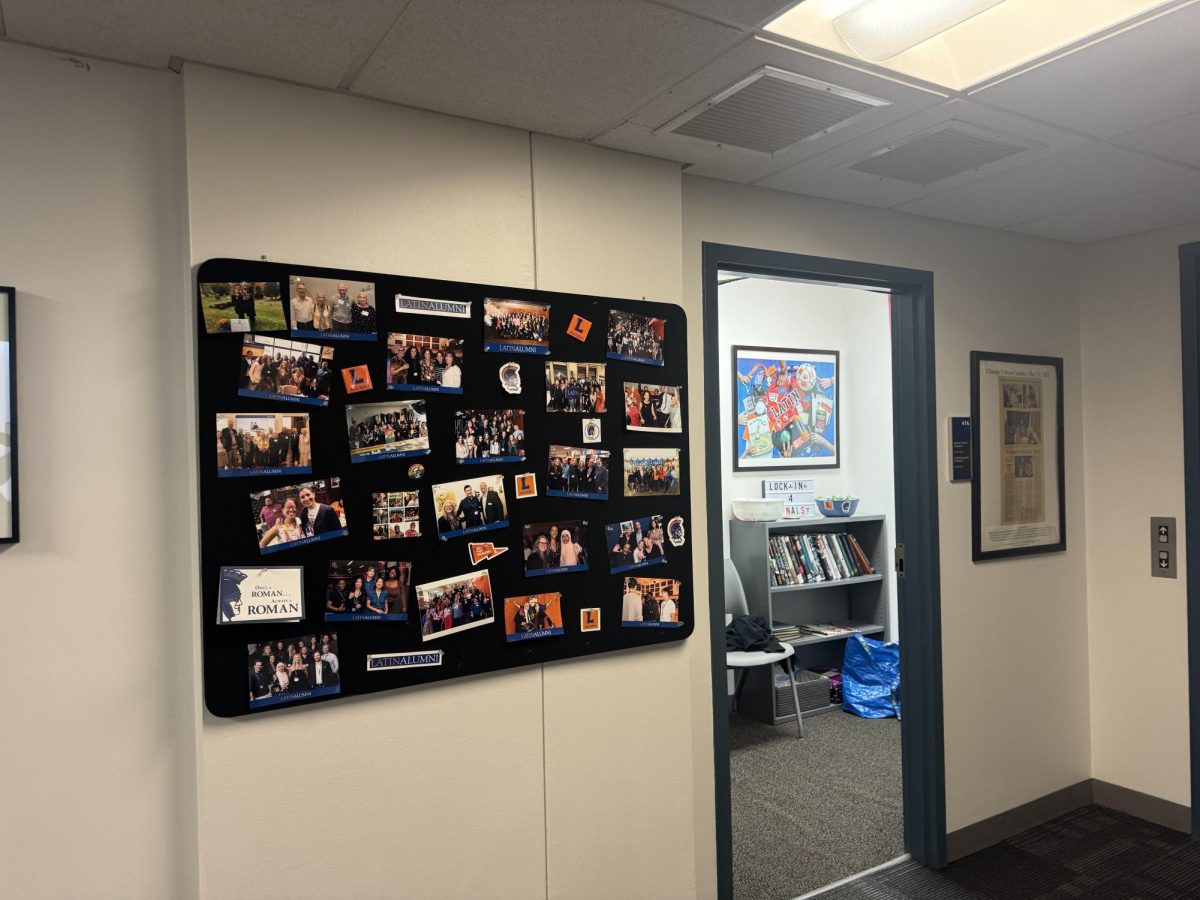

Ashlyn • May 19, 2025 at 4:13 pm
Thanks, Andrew! A good piece!